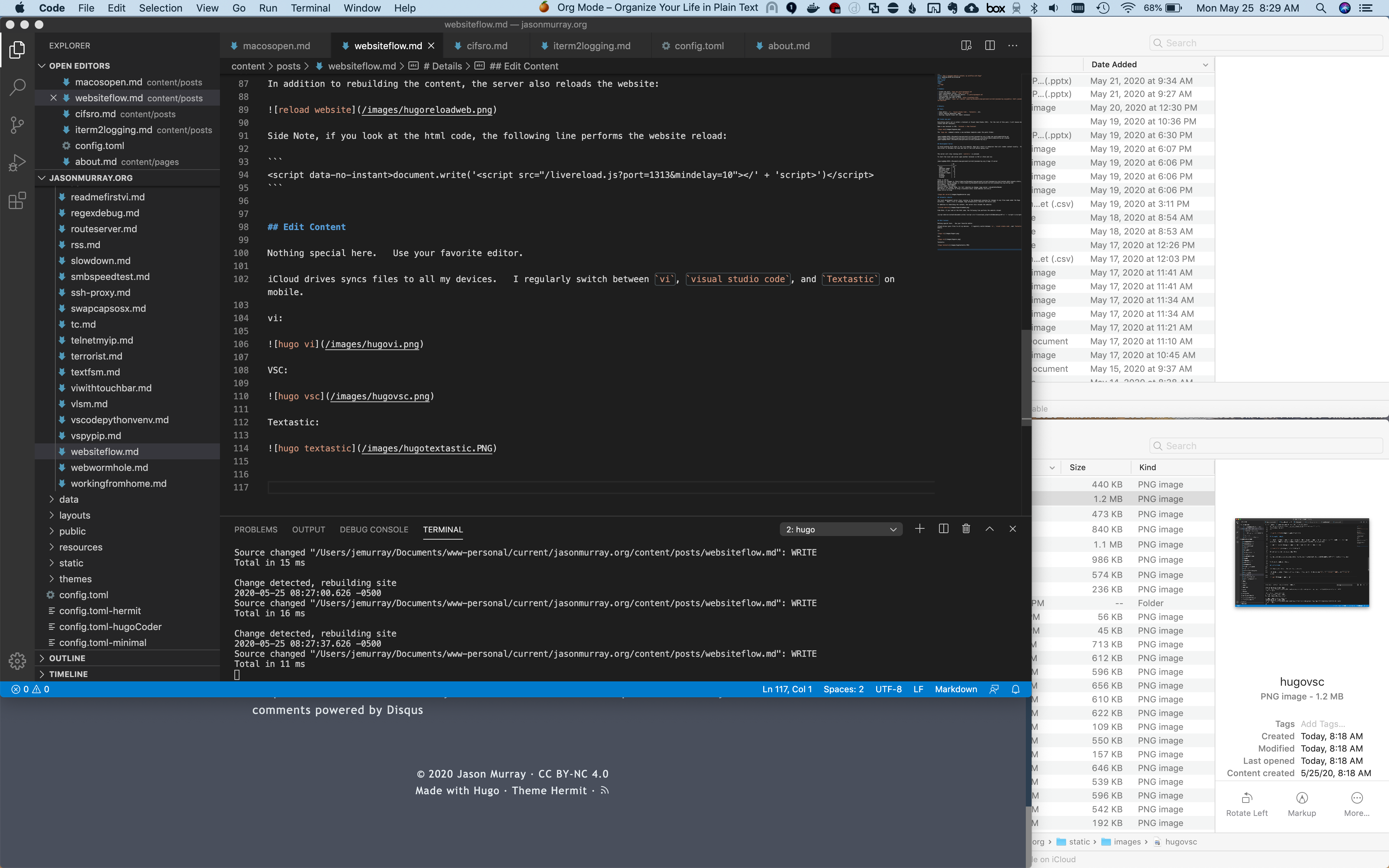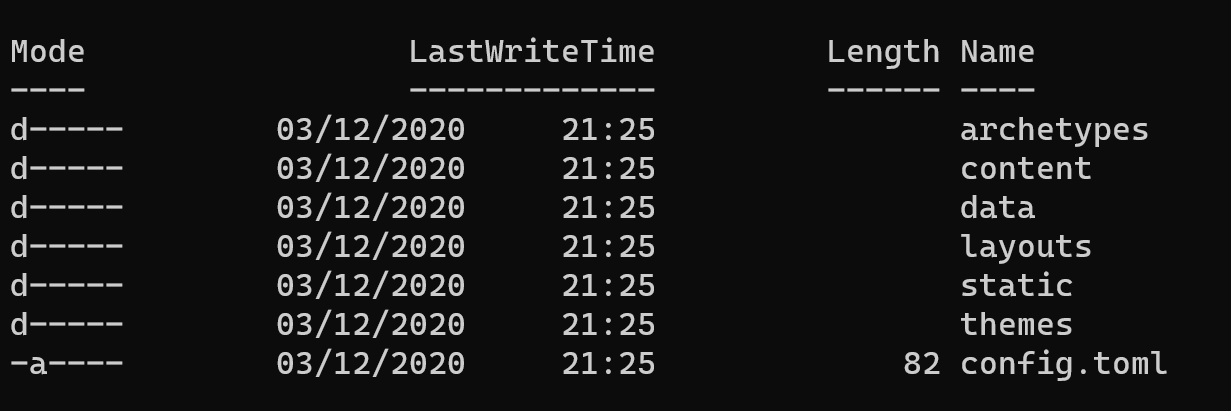
- #Hugo github pages generator#
- #Hugo github pages update#
- #Hugo github pages code#
- #Hugo github pages Pc#
Personal_token: $ external_repository: HuiGong-dev/ publish_branch: main publish_dir. name: Build run: hugo -enableGitInfo -minify
#Hugo github pages update#
name: Update theme run: git submodule update -init -recursive
#Hugo github pages code#
Set it as a remote repository for your source code and add public/ to. Head over to GitHub and create a new repository with a name like blog_source or anything that reminds you it’s the source of your blog. Another benefit is that you can use GitHub Actions to glue your source code and blog together, which means you don’t need to build and deploy your site every time you change anything in your site, GitHub Actions will do all the boring stuff for you. I said “just” because the public/ directory is within the source code directory, and we need to ignore public/ and push the rest of them to GitHub. How can I continue my work? Well the answer is: create a GitHub repository just for your source code.
#Hugo github pages Pc#
Okay, now your site is live, what’s next? A problem used to bother me a lot was: how can I update my blog on multiple computers? Say, I have written something for my blog on my PC at home, and now I’m on the way with a laptop. Create a blog source repository in GitHub Push to your GitHub pages repository and your site should be live within seconds.

Change directory to public/, do git init and set remote to your GitHub pages repository. I’m using macOS and the installation is quite simple with Homebrew:Ĭode of your site will be generated under. Check the official guide here if you meet any problem. For example: my username is HuiGong-dev so my repository should be named as. Be sure the username is exactly the same as your GitHub username. Head over to GitHub, login and create a new public repository named. Here is how: Step by step Set up GitHub Pages It’s blazing fast! Hugo’s official website states it is “the world’s fastest framework for building websites” and after using it I’ve nothing to complain about the speed.īesides, building a blog with Hugo is simple and easy.
#Hugo github pages generator#
Hugo is a static site generator written in Go.

I chose Hugo as my site generator, and it worked perfectly. All of them work perfectly with GitHub Pages. You want to build a personal blog but don’t want to spend too much time building everything from scratch? Me too! After some research I got to know there are several static site generators out there and the most used generators are: Jekyll, Hexo and Hugo. Hugo Static Site Generator v0.70.How to build personal blog using GitHub Pages and Hugo Published: Tue, Updated: Wed, May 4, 2022 Typora which is convenient for directly editing the content with markdown.

If you don’t know any editing software, I can advise you You will be able to have an instant preview in your browser before uploading it to GitHub. You can then follow the documentation Getting Started With the Page Builder and Customization, where you’ll find all the information! Before to start updating, launch the hugo server from your local academic-kickstart folder with the command: hugo server Update your content and customize your page Update.sh, and then you only have to write: sh update.sh your_commit_message. You can easily make this automatic with a bash script for the future, for example: Hugo # Generate the website inside the public directory First, you can commit and push your changes from the academic-kickstart repository on GitHub and then do the same for the submodule and your website will be available online! git add. Then you need to generate the website with the hugo command. The method bellow seems outdated, so follow the link above.


 0 kommentar(er)
0 kommentar(er)
